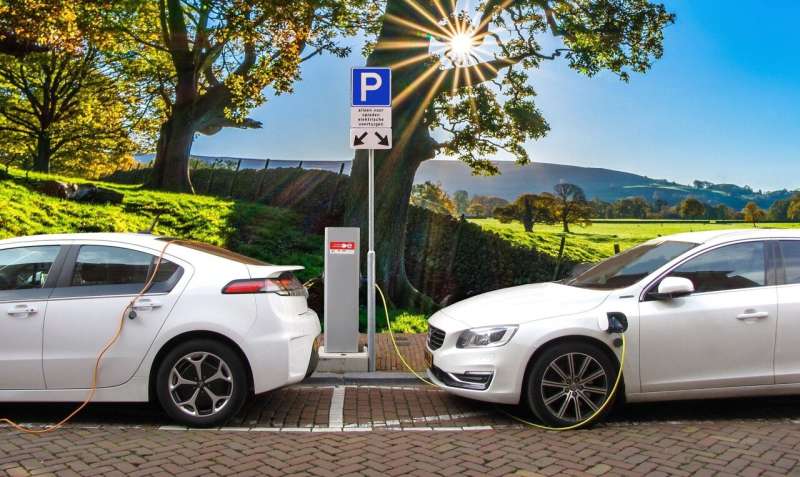
Rapid advancements in solid-state battery technology are ushering in a new era of energy storage solutions, with the potential to revolutionize everything from electric vehicles to renewable energy systems. Advances in electrolyte engineering have played a key role in this progress, enhancing the development and performance of high-performance all-solid-state batteries (ASSBs).
A review paper dived into these developments and summarized the cutting-edge research on inorganic solid electrolytes (ISEs) used in ASSBs. The review was published in the Journal of Materials Chemistry A.
Researchers explored how oxides, sulfides, hydroborates, antiperovskites and halides play a pivotal role in powering next-generation batteries. These materials are not only used as electrolytes but also as catholytes and interface layers, which enhance battery performance and safety.
“We highlighted the recent breakthroughs in synthesizing these materials, honing our attention on the innovative techniques that enable the precise tuning of their properties to meet the demanding requirements of ASSBs,” says Eric Jianfeng Cheng, an associate professor at Tohoku University’s Advanced Institute for Materials Research (AIMR).
“Precise tuning is crucial for developing batteries with higher energy densities, longer life cycles, and better safety profiles than conventional liquid-based batteries.”
Cheng and his colleagues also touched on the key electrochemical characteristics of ISEs, such as ionic conductivity, stability, and compatibility with electrodes. Additionally, they explored current ASSB models, proposing emerging approaches that could pave the way for the future of energy storage.
Yet, the review cautioned that several challenges remain in the development of ASSBs. One significant hurdle is the limited compatibility between ISEs and electrodes, which can lead to harmful interfacial reactions.
Overcoming these issues is critical for enhancing the efficiency and longevity of ASSBs. The review outlined these challenges in detail while also sharing insights into ongoing efforts to tackle them.
“Our comprehensive review underscores the importance of continued research and development in the field of solid-state batteries. By developing new materials, improving synthesis methods, and overcoming compatibility issues, current efforts are driving innovation toward practical ASSBs that could transform how we store and use energy,” adds Cheng.
More information:
Muhammad Muzakir et al, Inorganic solid electrolytes for all-solid-state lithium/sodium-ion batteries: recent developments and applications, Journal of Materials Chemistry A (2024). DOI: 10.1039/D4TA06117A
Citation:
Electrolyte engineering: Paving the way for the future of energy storage with solid-state batteries (2024, December 20)
retrieved 20 December 2024
from
This document is subject to copyright. Apart from any fair dealing for the purpose of private study or research, no
part may be reproduced without the written permission. The content is provided for information purposes only.













Leave a comment